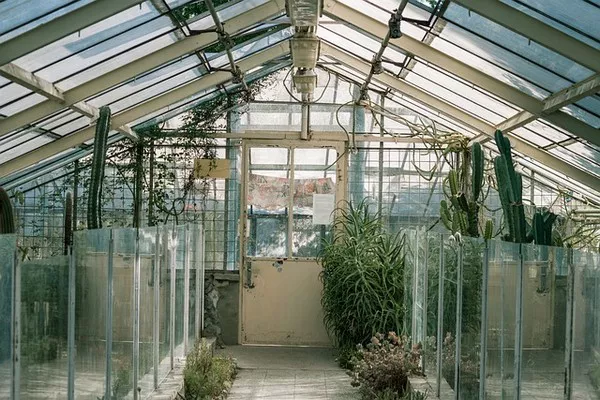Efforts to revolutionize the cultivation of Zantedeschia tubers have led to a breakthrough that significantly shortens the production timeline. The Greenhouse Horticulture & Flower Bulbs Business Unit at Wageningen University & Research, as part of a PPP (Public-Private Partnership) project, has discovered a method where a portion of the tubers can be ready for market in just one year, as opposed to the traditional three-year cycle. This novel approach also dramatically reduces the need for chemical crop protection.
The research into Zantedeschia is being conducted within the Fundamental System Leap PPP project, which aims to explore innovative cultivation techniques for flower bulbs. The primary objective is to curtail the use of chemical crop protection by transitioning a portion of the cultivation process into greenhouses.
In this pioneering method, Zantedeschia plantlets, obtained from in vitro culture, are initially grown in a greenhouse for their first year. After this period, they are uprooted and transplanted in an outdoor field for an additional year. Subsequently, they are cut into small segments, each measuring approximately 1 x 1 cm, and grown outdoors for one to two more years. The outdoor cultivation exposes the young tubers to potential diseases and pests, making it a challenging process.
The research conducted at Wageningen University & Research involved the cultivation of Zantedeschia in vitro plantlets in a greenhouse, with minimal heating and the use of LED lights to conserve energy. After approximately 4 to 4.5 months, the tubers were harvested and stored under specific conditions for a short duration. As these tubers developed enough eyes, they were further propagated by being cut into even smaller pieces, measuring 0.7 x 0.7 cm. These smaller segments were planted in the greenhouse in late spring and harvested after 6 to 7 months, typically in November.
Remarkably, around 25% of these bulbs were of sufficient size for the market, while the remaining 75% were transferred to outdoor fields for an additional year. These tubers demonstrated a remarkable resilience to diseases and pests. This groundbreaking cultivation technique not only accelerates the growth process but also reduces resource consumption and energy use to a minimum.
However, it’s important to note that this innovative method requires fine-tuning to make it economically viable. The primary cost factor in this system stems from the extensive use of substrate. The ongoing research is slated to conclude at the end of 2023, and any further enhancements to the system will be explored in subsequent projects.

